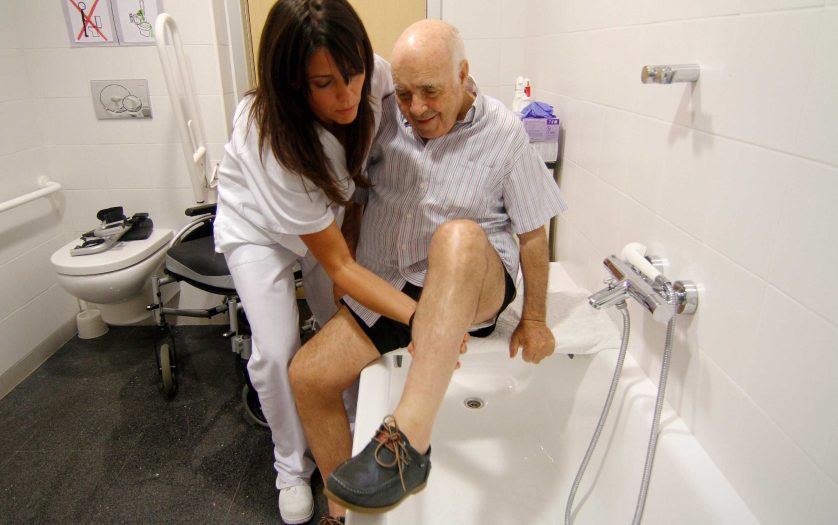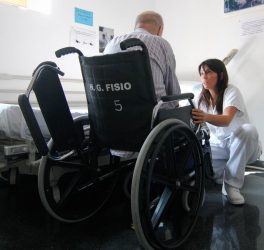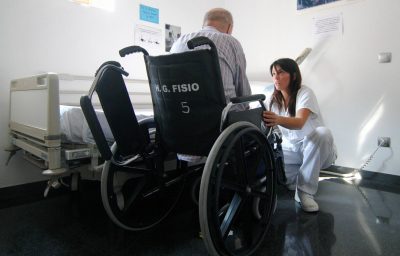
A report released has found thousands of lives and billions of dollars could be saved annually by preventing stroke and improving access to treatment and care.
The economic impact of stroke in Australia, 2020 found the economic impact of stroke was a shocking $6.2 billion dollars in direct financial costs and a further $26 billion in premature mortality and lost wellbeing (short and long-term disability).
Stroke Foundation Research Advisory Committee Chair Professor Amanda Thrift said this year alone more than 27,000 Australians would experience stroke for the first time in their lives.
“Stroke has long been recognised as being among the costliest disease groups and, while it is not the death sentence it once was for many, stroke is a leading cause of disability in this country,’’ Prof Thrift said.
“The Report demonstrates the magnitude of stroke’s impact today, its potential impact moving forward, as well as the opportunities and value in investing to help Australians avoid, survive and recover from stroke.”
Stroke Foundation commissioned Deloitte Access Economics to deliver The economic impact of stroke in Australia, 2020 report, coupled with an update of Stroke Foundation’s No Postcode Untouched, Stroke in Australia 2020 report quantifying the impact of stroke. The economic impact of stroke in Australia, 2020 uses financial modelling to estimate the economic impact of stroke, looking at direct health system costs as well as the broader impact of short and long-term disability on the community.
The Report also modelled the savings that could be made by acting to reduce uncontrolled high blood pressure in the community and provide greater access to emergency stroke treatments. The No Postcode Untouched, Stroke in Australia 2020 report maps stroke incidence, prevalence and risk factors by federal electorate division.
Data contained in the reports has been delivered independent of the coronavirus (COVID-19) pandemic, however there is potential COVID-19 will affect its results. Evidence is emerging people have delayed trips to their doctor for health checks and chronic disease management since the pandemic began in January 2020. Emergency calls to triple zero (000) and continuity of care have also been disrupted.
“Achieving the benchmarks referenced in the report could mean thousands of Australians avoiding stroke, surviving and living well after stroke equating to savings of $179.0 million over five years in economic costs and $2.4 billion in reduced mortality and improved wellbeing annually,’’ Prof Thrift said.








